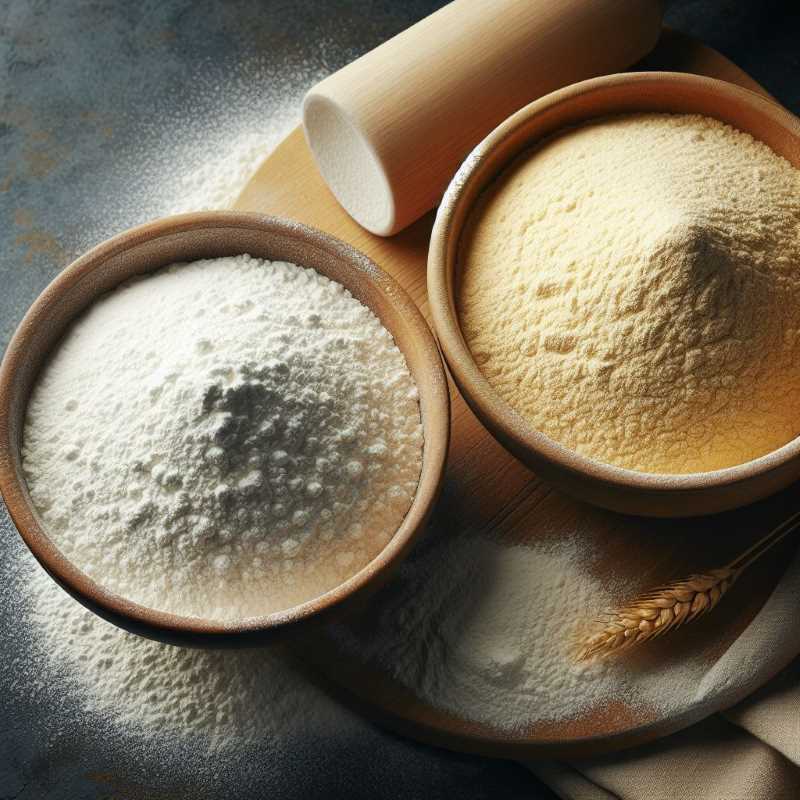Why Store-Bought Flour Might Be Robbing You of Flavor
Freshly milled flour unlocks hidden flavors. Unlike store-bought flour, it retains the wheat germ's goodness for a richer taste and aroma. Explore a world of wheats (spring for bread, winter for pastries) and adjust recipes for unique results.

Flour is the unassuming white (or sometimes wheaty) powder that forms the foundation of countless baked goods. But have you ever stopped to ponder the journey that flour takes, from a humble kernel of wheat to the bag in your pantry? Most of us haven't. We're about to set off on a fun-filled investigation into the world of flour, with a particular focus on the perplexing fresh-milled variety.
Most of us wouldn't recognize a stalk of wheat if it sprouted up in our cereal bowl. But beneath that unassuming exterior lies a world of diversity. There are, believe it or not, six whole classes of wheat, each with its own entourage of around 30,000 varieties. That's right, 30,000 potential suspects in the grand flour heist. Here's a quick rundown of the prime suspects:




